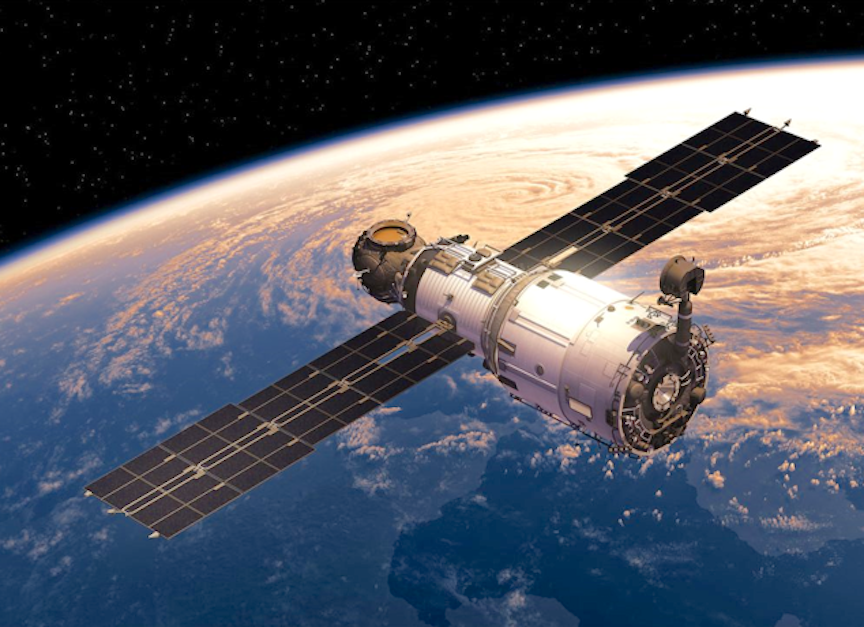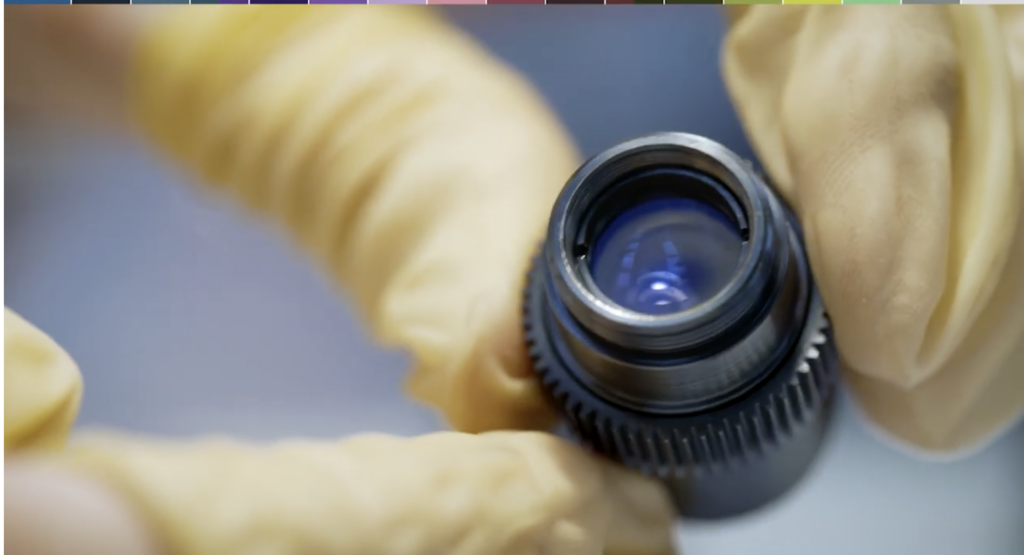
Resolve Optics ensures successful optical deployment in space providing services for spacecraft (Image Credit: Sat News)

Resolve Optics actively participates in designing and supplying optical systems for a range of different space projects. However, designing optical systems for satellites and spacecraft is challenging due to the harsh conditions that space places upon components and systems working in this remote environment.
As a result many different types of optical imaging and sensing systems are used to observe and measure the Earth and the universe at large.

Mark Pontin, Managing Director of Resolve Optics Ltd. commented, “Designing high performance optical systems for confidential space projects is something that we have done for over 20 years. Lenses that are used in space applications have to meet certain basic requirements to survive the harsh environment of space. Lenses must be constructed of specific materials that will not outgas when exposed to the vacuum of space. all significant air spaces should be vented to avoid pressure on the elements and distortion of the lens. All materials right down to glues and greases must be approved and tested for outgasing”.
He added, “The orbit that our optical systems will be operating in determines how much radiation they will be required to withstand. All optical elements within Resolve Optics radiation tolerant lens designs are made using cerium oxide doped glass or synthetic silica enabling them to withstand radiation doses of up to 100,000,000 rads and temperatures up to 55°C without discoloration or degradation of performance. These non browning lenses provide high image resolution and minimum geometric distortion from 400 to 750nm”.
Resolve Optics provides optical systems for surveillance such as the optical system that monitors the outside of the spacecraft, looking for any signs of damage caused by space debris or micro meteorites. This includes inspection when the optical system is required to view a specific area to aid operation. As part of a vision system that is used to guide and dock payload craft visiting platforms such as the International Space Station. And, remote sensing from satellites where powerful, high resolution lenses enable the Earth to be viewed from space providing valuable data on weather patterns and the impact of climate change.








